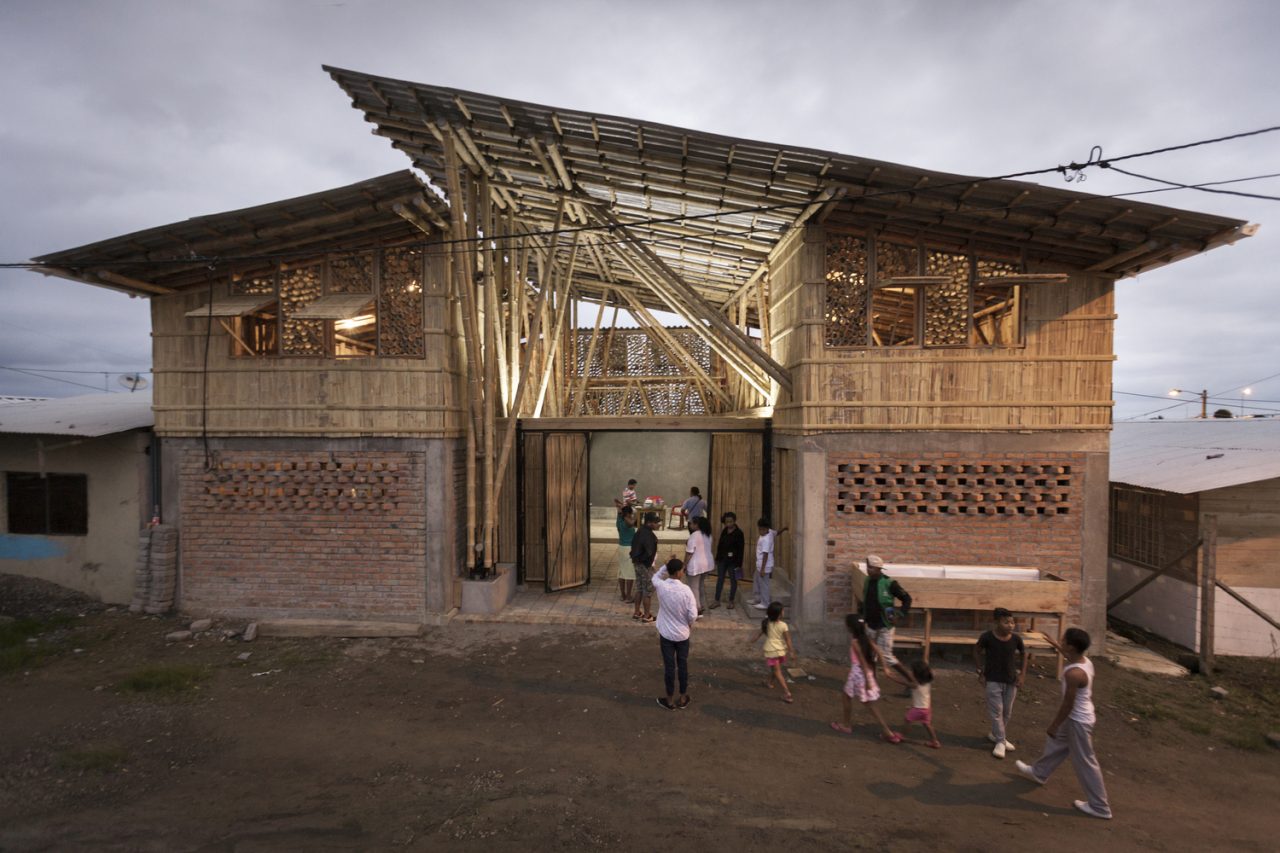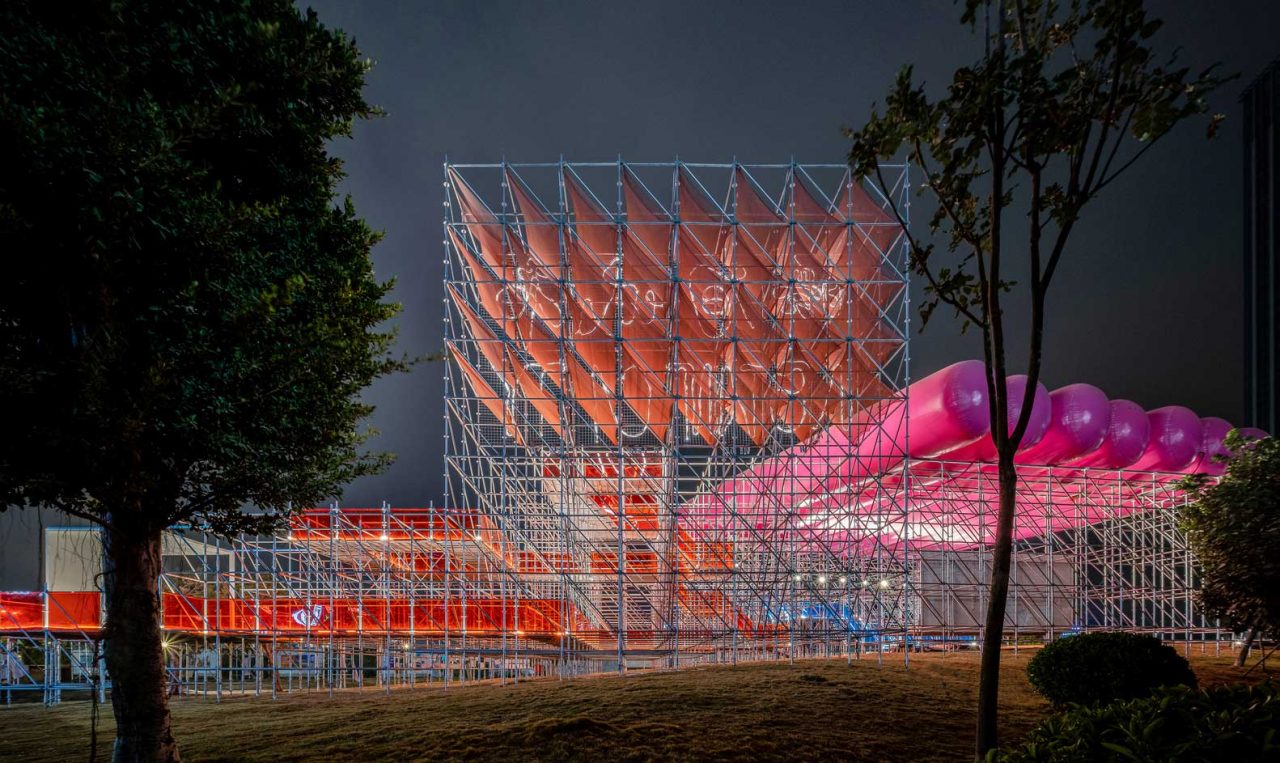After a period of drastic change that has forced us all to re-evaluate our personal values and priorities, there has never been a greater appreciation for our environment and its direct influence on our happiness, wellbeing, and basic survival. For designers, this time has allowed the time to refocus and rethink how we design products, platforms, and even entire cities.
So after this period of isolation and reflection, what are designers now prioritising in our post Covid world, and what can we expect from the cities of the future?
- Thinking bigger picture
We have lived and worked within a flawed system for a long time. Covid has just exposed these cracks to more of the world, giving designers the chance to build something better – both locally and globally. Design can no longer be narrowly considered; creatives will be encouraged to think bigger about their contribution to the greater public good – reaching from the nearest town to the local neighbourhood. As the architect Thomas Heatherwick states “many un-human, sterile places being clumsily created around the world… repetitive new developments and districts that lack life, human interest and joy and generally don’t make people feel good to be there.” Boring and uninspired architecture has been clearly proven to impact people’s mental health, as without stimulation, colour and variety, the mind becomes uninspired, and is reminded just how far out of its natural habitat it is.
There will be a greater effort to create urban vibrancy in more sparsely populated areas which will help vulnerable communities to survive. The quality of space we create will be more deeply considered over narrow economic constraints; pushing designers to be more innovative – perhaps by prioritising local materials and workmanship to save on costs, whilst being able to create better quality designs that add more value. The investment in large-scale ecosystem design to define regions, especially in developing areas, will also become a much more important consideration for architects.
One town that has experienced the direct positive consequences from thoughtful, culturally sensitive design is Chamanga, a fishing town on the coast of Ecuador. After the 2016 earthquake, 80% of their buildings were severely damaged, deepening the inequalities that already existed and forcing the majority of their population to slip below the poverty line.
 Image Source: https://www.archdaily.com/
Image Source: https://www.archdaily.com/
DesignBuild Studio then built a ‘Cultural Centre’ to provide the locals with a space to learn and develop new skills. The design was a success for a number of reasons. Firstly, the centre was both practical and appropriate – anchoring itself to its context by taking cues from local vernacular architecture. Secondly, locals were involved in the construction and encouraged to participate through an open exchange of ideas; strengthening the social organising process the construction was a part of.
Designs like these end up being a success when architects are encouraged to think bigger – considering the functional quality of design, whilst acknowledging the individual people that are indirectly affected by their creation. After all, thinking small will stunt the wider impact and long-term value of great design. The best community architecture draws people in, giving them a real sense of ownership in their communities and the buildings they work, play, and live in.
- Better connected spaces
There has been a drastic shift in localised social and economic connectivity, triggered by the Covid crisis. New kinds of community spaces are appearing, as we search for more meaningful relationships and mutual support from our neighbours.
The luckiest in society – who have settled in bigger houses with private gardens – have undeniably had a very different experience of lockdown. Those without, however, have most likely gained a greater appreciation for their local open spaces. The “healing value” of the outdoors is finally being recognised – as some of the most necessary and contested components of the human environment. Designers have an opportunity to connect public space with a larger vision of creating a more fair network of landscapes. As Sun Dayong, the founding partner of Penda states “the need to revise the distribution ratio of open space and private space in spatial layouts will promote the forming of new design specifications.”
One example of a flexible design that has engaged its local community is The Qianhai Floating City in Shenzhen. The structure hosted a range of shifting programs, including movie screenings, lectures, workshops, and other public events. Visitors were encouraged to explore the Floating City’s colourful pathways, experiencing views of the city amongst the three-dimensional grid.
Innovations like these, which explore new models for city planning, are challenging what we mean by public participation and the potential benefits of bottom-up practices. After a year where we have been forced online, it is clear there will be a greater appreciation for the places that bring us together a little bit more.
 Image Source: https://www.archdaily.com/
Image Source: https://www.archdaily.com/
- Considering the planet
As a society, we are using our resources twice as fast as they are replenished. Designers have an urgent responsibility to step up and think full-circle about the carbon impact of their creations. The next generation expects more than glossy statements and empty promises – meaning transparency and openness, as we’ve seen society demand of politicians and their leaders, will be the same for architects and designers.
This demand and pressure will spark a new wave of innovation; forcing designers to redefine what we mean by ‘craft’ and exploring the value of working within constraints. There will be a substantial recalibration of design choices, so designers can better respond to the realistic state of the planet. We expect to see much more unconventional and inventive architecture – taking into account a more circular, zero-carbon design process, with a focus on longevity and adaptability. It is the companies that are leading the change; committing dedicated time, money and creative effort to offer a solution to these issues – that will stand the test of time.
- Communication matters
There’s no question that working separately has ignited seismic changes to the design process, with architects wanting to incorporate more geographical flexibility into their future practice. The need to achieve clarity and cohesion with both colleagues and clients has never been more vital within the design profession. Designers have been forced to find better ways to convey and receive information and feedback, drawing distinctions between what is necessary in-person, on-site, and what can be achieved through virtual meetings and processes. Being adaptable, nimble, and responsive has been the recurrent themes within the firms that have prospered in such unpredictable times.
Closing thoughts
So, what will be different once the dust settles? We’re expecting to see an increasing focus on people. Good design has the potential to galvanize and inspire people – so this must be the goal. As the designer Heatherwick states “Whatever sustainability metrics and credentials they claim to possess; unless we have the real passion for the people who use and experience the buildings and spaces we design, they will never be truly sustainable”. “Disasters have commonly been catalysts for major changes in architecture”.
The pandemic has sounded a silent alarm; giving designers the extra time that was never formerly available to refocus their projects and their priorities. There are no longer the constrictions for yet more soulless developments and buildings, so let’s see what comes next.
